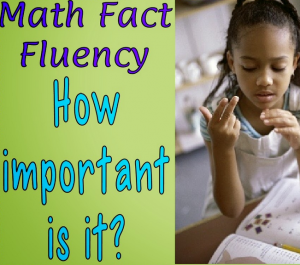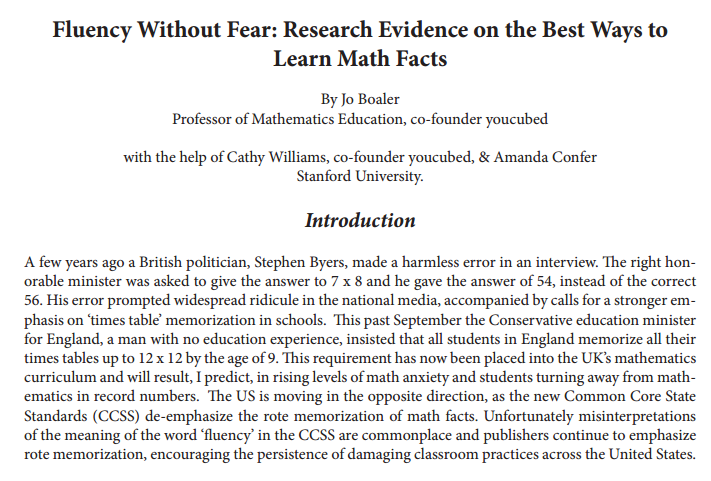On Friday morning I had the opportunity to spend some extra time with the students in a Full Day Kindergarten classroom. While I was there I watched the FDK educator play a game with her students while they were sitting at the carpet. “Using your fingers, show me 6,” she said. Many students held up 5 fingers on one hand and 1 finger on another hand. “Can you show me 6 a different way?” Slowly, students manipulated their fingers holding up 3 fingers on each hand or 4 and 2. You get the idea. What I was observing seemed quite simple on the surface. Upon further reflection (and a little professional learning) I recognized that these students were demonstrating flexibility with number!
Taking a mathematical trip down memory lane I remember a lot of time spent on algorithms. For example, in order to find the solution to 200-99 I recall meticulously crossing out of zeros and the carrying over of numbers to arrive at a solution.
Fortunately, I was good at following algorithms but this was one of very few strategies had in my mathematics repertoire. The truth is, I never really understood why I was crossing out zeros. Unfortunately, this left me with much room to grow with respect to deep understanding of numeracy and the way that numbers relate to one another.
 Recently I read a thought provoking article by Jo Boaler on math fluency. Jo shares that people with true number sense are able to use numbers in different ways and situations – number flexibility. For example, when asked to solve 7 x 8 they might know that 7×7 is 49 and then add 7 to make 56 or, if asked to solve the problem 19 + 7, they could change the problem into 20 +6. Jo shares that having number sense includes learning math facts ALONG with a deep understanding of how numbers relate to one another. By emphasizing memorization as a key strategy, students are far less likely to think about numbers and numerical relationships (Boaler, 2009). True mathematics requires students to be flexible with numbers when solving problems. To reinforce this, Ms Boler indicates that some of the highest achievers in mathematics are those who can see the big ideas in math and make connections between ideas. Rather than memorizing numbers, students make sense of numbers.
Recently I read a thought provoking article by Jo Boaler on math fluency. Jo shares that people with true number sense are able to use numbers in different ways and situations – number flexibility. For example, when asked to solve 7 x 8 they might know that 7×7 is 49 and then add 7 to make 56 or, if asked to solve the problem 19 + 7, they could change the problem into 20 +6. Jo shares that having number sense includes learning math facts ALONG with a deep understanding of how numbers relate to one another. By emphasizing memorization as a key strategy, students are far less likely to think about numbers and numerical relationships (Boaler, 2009). True mathematics requires students to be flexible with numbers when solving problems. To reinforce this, Ms Boler indicates that some of the highest achievers in mathematics are those who can see the big ideas in math and make connections between ideas. Rather than memorizing numbers, students make sense of numbers.
I share this with families not to criticize the way mathematics was taught to me (and possibly many of you). It is what we believed to be the best approach to learning math at the time. Now, as I walk through classrooms in our school I am thrilled to see even our youngest learners recognize that numbers are flexible and can be represented in multiple ways.
I am comfortable admitting that I am still learning about mathematical thinking. This is an exciting time in mathematics education and I am fortunate to be a part of it. I invite you to join in this journey. Next week I will share strategies from Jo Boaler’s article that parents can use at home with their children to develop math fluency. Please see Jo Boaler’s article below if you would like to read ahead.
|| click the article to read more ||
